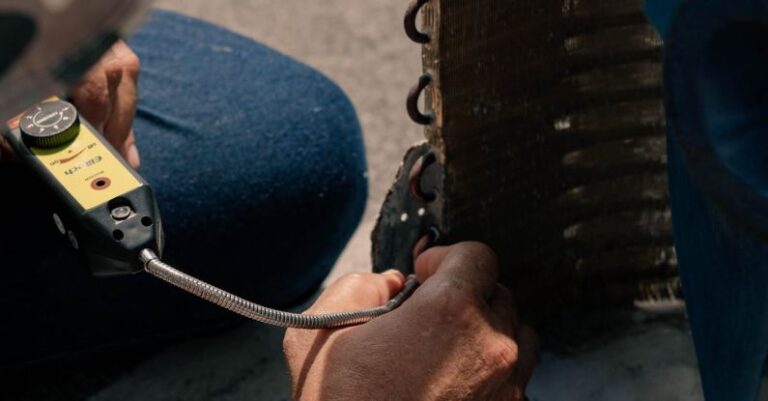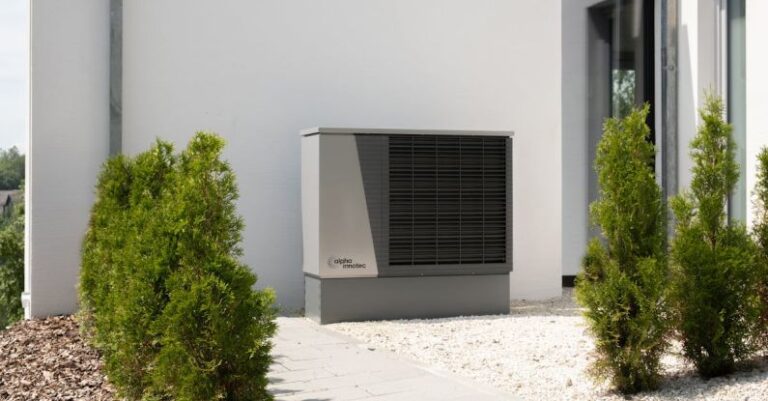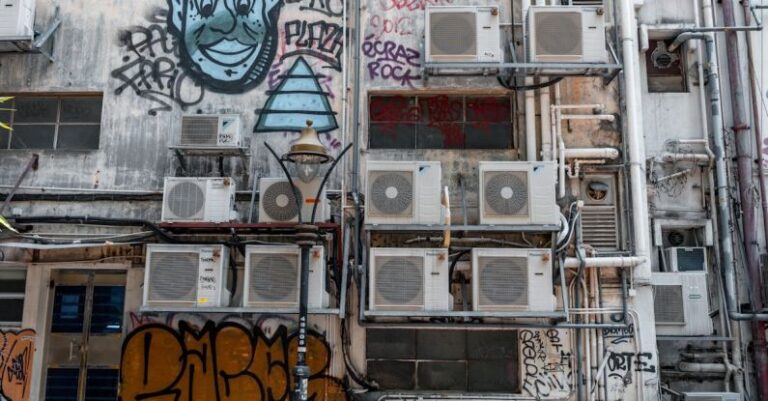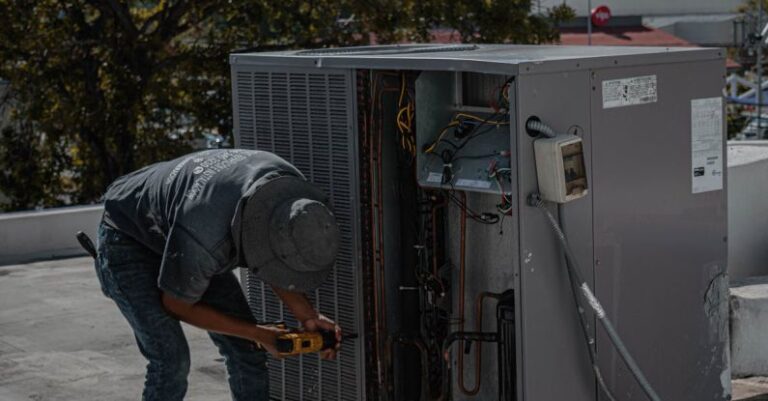
When the weather heats up, having a functioning air conditioning system is essential to maintaining a comfortable home environment. However, if you find that your AC coil has frozen over, it can be a frustrating and potentially costly issue to address. A frozen AC coil can lead to reduced cooling efficiency, higher energy bills, and even system damage if left unattended. In this article, we will explore the common causes of a frozen AC coil and provide you with practical troubleshooting steps to help resolve this issue efficiently.
Understanding the Causes of a Frozen AC Coil
Before diving into the troubleshooting steps, it’s crucial to understand why an AC coil freezes in the first place. One of the primary reasons for a frozen AC coil is restricted airflow. When the airflow over the evaporator coil is impeded, the coil’s temperature drops below freezing, causing moisture in the air to freeze on its surface. This can be caused by dirty air filters, blocked vents, or a malfunctioning blower fan. Another common cause of a frozen AC coil is low refrigerant levels. If there is not enough refrigerant circulating in the system, the coil may become too cold and freeze over.
Troubleshooting a Frozen AC Coil
Inspect and Replace Air Filters
The first step in troubleshooting a frozen AC coil is to check the air filters. Dirty or clogged air filters can restrict airflow, leading to a drop in temperature around the coil. Inspect the filters and replace them if they appear dirty or blocked. Regularly changing the filters every 1-3 months can help prevent this issue from occurring in the future.
Clear Obstructions Around Vents
Blocked vents can also hinder airflow and contribute to a frozen AC coil. Ensure that all vents in your home are open and unobstructed by furniture, curtains, or other objects. Improving the airflow around the evaporator coil can help prevent it from freezing.
Check the Thermostat Settings
Incorrect thermostat settings can sometimes cause the AC coil to freeze. Make sure that the thermostat is set to the desired temperature and that it is not set too low. Adjusting the thermostat settings can help prevent the coil from freezing over.
Inspect the Blower Fan
A malfunctioning blower fan can lead to poor airflow over the evaporator coil, resulting in a frozen AC coil. Check the fan to ensure that it is operating correctly. If you notice any issues, such as strange noises or reduced airflow, it may be necessary to have the fan repaired or replaced by a professional.
Check Refrigerant Levels
Low refrigerant levels are another common cause of a frozen AC coil. If you suspect that this is the issue, it’s best to contact a qualified HVAC technician to inspect and recharge the refrigerant levels in your system. Attempting to handle refrigerant without the proper training and equipment can be dangerous and should be left to professionals.
Clean the Evaporator Coil
Over time, the evaporator coil can accumulate dirt and debris, reducing its efficiency and potentially leading to a frozen coil. Cleaning the coil can help improve airflow and prevent freezing. However, this task is best left to professionals, as improper cleaning can damage the coil and the system.
Conclusion: Preventing Future Issues
Troubleshooting a frozen AC coil can be a challenging task, but by following these steps, you can effectively address the issue and restore your system to proper working condition. To prevent future occurrences of a frozen AC coil, it’s essential to schedule regular maintenance for your air conditioning system. Professional HVAC technicians can inspect and service your system to ensure that it operates efficiently and reliably, helping you avoid costly repairs down the line. By staying proactive and attentive to your AC system’s needs, you can enjoy a cool and comfortable home environment throughout the summer months.





